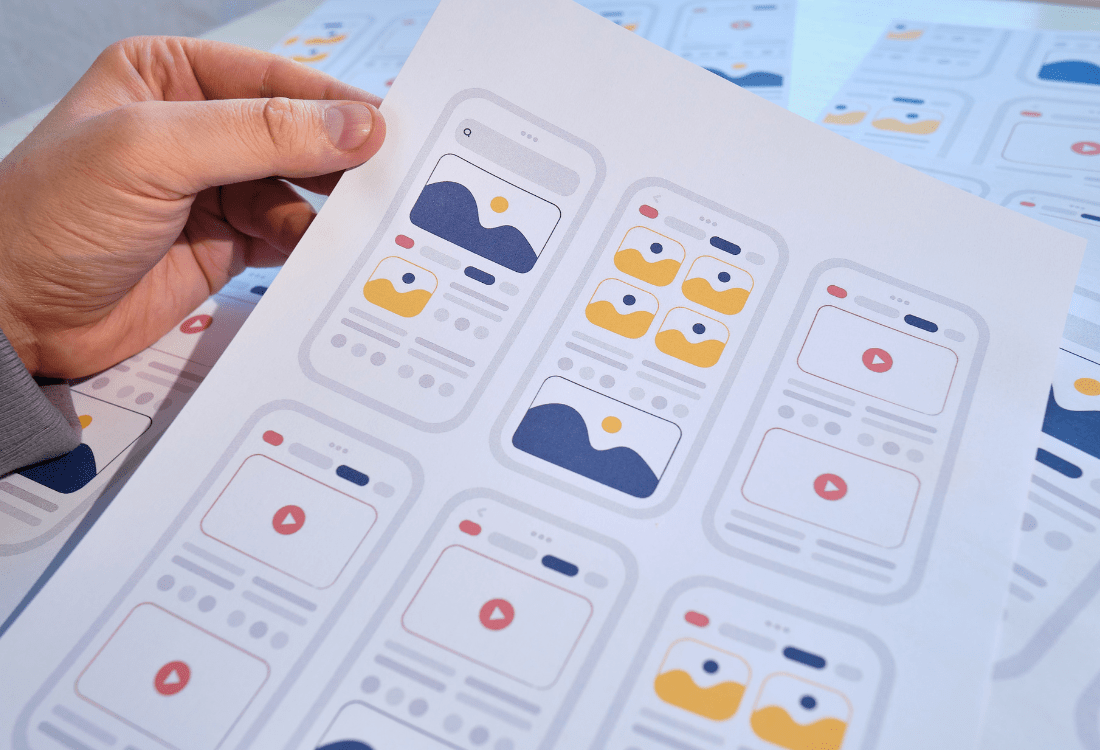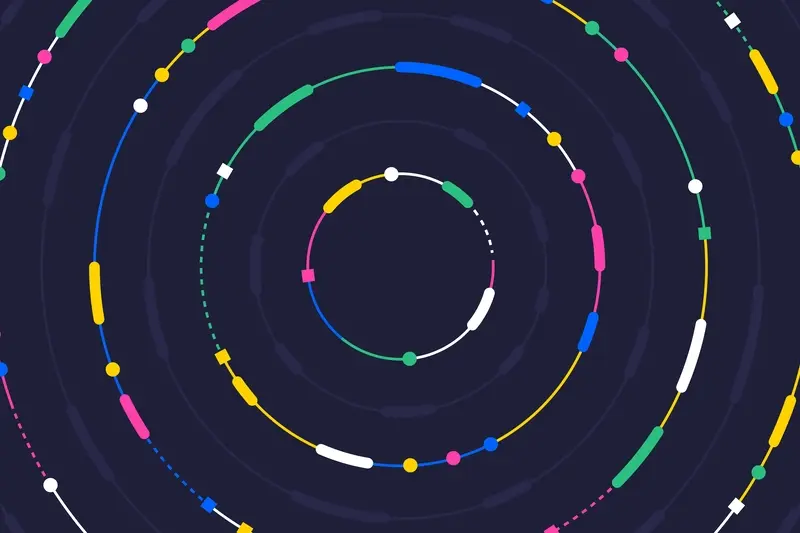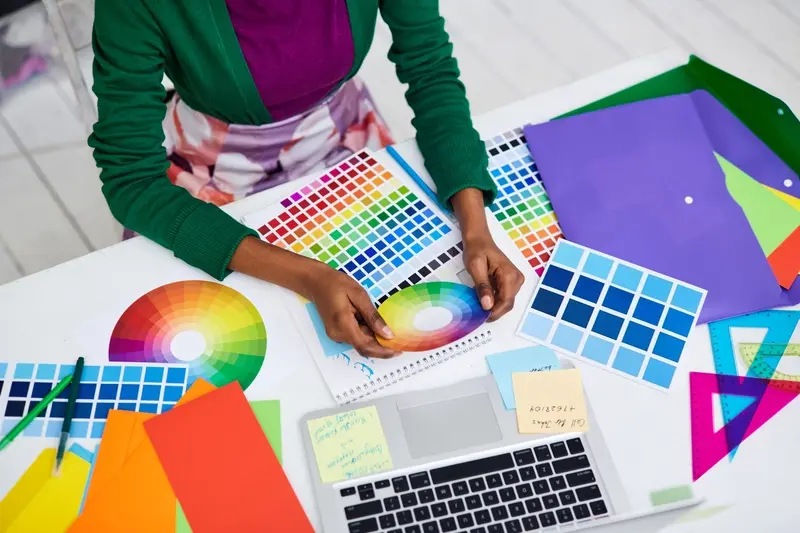What Is UX Design?
Introduction
Have you ever downloaded an app, only to delete it minutes later out of sheer frustration? Maybe the buttons were too small, or the navigation was too confusing. If you've experienced this, you're not alone. Good news is, this is where UX design steps in, and as a business owner, understanding its importance can be a game-changer for your mobile app's success. At Glance, we've seen firsthand how a well-designed user experience can skyrocket an app's popularity and usability.
Let's break it down, shall we? In this guide we'll cover...
- What UX design actually means
- Why businesses should care about it
- The essential elements of mobile app UX
- Common app UX mistakes to avoid
- Some actionable tips to improve your app's UX
If you think good design is expensive, you should look at the cost of bad design.Dr. Ralf Speth, CEO of Jaguar Land Rover
Ready to explore how good UX design can transform your mobile app? Let's dive in!
What Is UX Design?
UX, or User Experience, design in mobile apps is all about creating a seamless, engaging, and intuitive experience for your users. It's like rolling out the red carpet for your customers, making them feel welcomed and valued from the moment they tap your app icon. A solid UX design is not about looking good; it’s about being functional, easy to navigate, and useful, all wrapped into one.
Imagine opening a new app and instantly knowing where everything is, how to complete tasks and finding the answers you need without having to dig through endless menus. This is what good UX design achieves. It simplifies the user journey, reduces friction, and ultimately leads to happier users who are more likely to stick around.
From a business perspective, investing in quality UX design can set you apart from competitors, enhance your brand's reputation, and boost your bottom line. Poor UX can be a deal-breaker, causing users to abandon your app and turn to others that offer a better experience.
So, if you're wondering whether UX design is worth the investment, the answer is a resounding yes. Let's look at how it can transform your mobile app and keep your customers coming back for more.
Why Good UX Design Matters for Your Business
Thinking about UX can feel a bit confusing—however, when it's done right, the results can be game-changing. Imagine a customer opening your app and immediately feeling at home, effortlessly navigating, finding what they need, and maybe even having a bit of fun along the way. That's the power of good UX design.
Let's face it: no one likes clunky, confusing apps. If your users struggle to find their way around or can't complete basic tasks, they'll likely abandon your app faster than you can say "uninstall". This translates to lost customers and missed business opportunities. Not quite what you're aiming for, right?
On the flip side, a well-designed app can be a powerful tool for your business. It not only attracts users but also keeps them coming back. It's like having a shop that's easy to navigate, where your customers feel valued and understood. This doesn't just make them happy; it can significantly boost customer loyalty and retention.
- Users are more likely to download an app that has a good user experience.
- A user-friendly app can lead to higher engagement rates.
- Positive user experience can result in increased in-app purchases.
- An intuitive app design reduces the chances of user frustration and app abandonment.
- Happy users tend to leave positive reviews, boosting your app's reputation.
- Consistently improving UX keeps your app competitive in the market.
Great UX design can also streamline processes, reducing support costs. When users can complete their tasks without needing help, your team spends less time troubleshooting and more time focusing on growth. Plus, an intuitive app often receives better reviews and ratings, giving you a competitive edge in the market.
In essence, good UX design is not just a luxury but a necessity in the digital age. It's about creating an experience that resonates with your audience, turning casual users into loyal customers. Trust us, investing in quality UX design will pay dividends in the long run.
The Key Elements of Mobile App UX Design
When we talk about the key elements of mobile app UX design, we’re diving into the very core of what makes your app stand out. It’s a bit like setting up a shop; you want your customers to feel welcomed, find what they need easily, and enjoy the overall experience. Here are the critical components to focus on:
- Usability: This is the backbone of UX design. An intuitive interface means users can navigate your app without confusion. Think of it as having clear signage in your shop, so customers know exactly where to go.
- Layout and Navigation: The layout should be clean and structured, guiding users through the app effortlessly. Imagine walking through a well-organised store where everything is just where it should be. A cluttered app, on the other hand, can frustrate users and make them leave.
- Consistency: Consistency in your design elements ensures a smooth experience. This means using consistent terminology and interaction throughout the app. It’s similar to having a consistent theme in your shop, which makes it more professional and trustworthy.
- Feedback: Providing immediate feedback, like loading indicators or success messages, helps users know their actions are being registered. This is comparable to having a friendly shop assistant who lets customers know their payment has gone through or assists them if there's an issue.
- Accessibility: Your app should be usable by everyone, including individuals with disabilities. This could mean having text-to-speech options or ensuring buttons are large enough to be tapped easily. It’s like having ramps and clear aisle access in your shop to cater to all customers.
- Personalisation: Tailoring the experience to individual users can make them feel valued and understood. This might involve customising recommendations based on their preferences, akin to a shop assistant who remembers a regular customer’s preferences.
Remember, the goal is to create an app that’s not just functional but also delightful to use. When users have a positive experience, they’re more likely to come back and recommend it to others. Investing in solid UX design is investing in your business’s success.
Common UX Design Mistakes and How to Avoid Them
We've all been there. You open an app with high hopes, only to be bombarded with tiny buttons, confusing navigation, and sluggish response times. It’s frustrating, right? As a business owner, you want your app to shine, not frustrate your users. Let’s look at some common UX design mistakes and how to avoid them, ensuring your users are happy and engaged.
1. Overloading Users with Information
Nothing spells 'overwhelm' faster than a cluttered app screen. Too much information can confuse users, making them feel lost so stick to the essentials. If something doesn’t add immediate value, consider leaving it out. Think of a clean, simple layout like your favourite coffee shop menu—easy to navigate and also pleasant to look at.
2. Ignoring Platform Guidelines
Both iOS and Android have their own sets of design guidelines. Ignoring these is like trying to speak two languages at once; it just confuses everyone involved. Follow the platform-specific guidelines to ensure your app looks and feels right at home on any device.
3. Complicated User Journeys
Your users shouldn't need a map to navigate your app. Make sure the user journey is smooth and intuitive. This means clear labelling, logical navigation, and predictable outcomes. If a user wants to return to the homepage, make it a breeze for them to do so.
4. Lack of Accessibility Features
Accessibility matters. Ignoring it can alienate a significant chunk of your audience. Include features like text-to-speech, adjustable font sizes, and contrast settings. Imagine if your favourite restaurant only served one type of food—it wouldn't cater to everyone’s tastes, right?
Incorporating these fixes can transform a mediocre experience into a stellar one. By avoiding these common mistakes, you'll create an app that not only meets but exceeds user expectations. At Glance, we’ve seen how these small tweaks can make a big difference.
Practical Tips to Improve Your Mobile App's UX
Alright, so your app idea is good, but you feel it needs a little something extra to really make your users' hearts sing? No worries, we've got your back. Improving your mobile app's UX doesn’t need to be rocket science. Here are some practical tips to make your users fall in love with your app.
1. Keep It Simple: The phrase “less is more” couldn’t be truer here. Users prefer an intuitive interface over a cluttered one. Design your app so that even a first-timer can find their way around without pulling their hair out.
2. Streamline Navigation: Imagine walking into a maze every time you open an app. Frustrating, right? Aim for straightforward and consistent navigation. Drop-down menus, swipes, and a simple bottom navigation bar could do the trick.
3. Gather Feedback: Sometimes, you’re too close to the project to see its flaws. Get user feedback early and often. Use in-app surveys or analytics tools to understand what’s working and what’s not.
4. Leverage Heatmaps: Heatmaps can show you where users are tapping, scrolling, or getting stuck. This data is invaluable for understanding how to improve your app’s layout. It’s like having a magnifying glass into your users' behaviour.
5. Personalisation: Think Spotify recommending your next favourite song or Netflix suggesting a blockbuster. Make your users feel special by personalising their experience based on their past behaviours and preferences. Just don’t be creepy about it!
6. Regular Updates: The digital world moves fast, and so should your app. Continuous improvement is key. Regular updates not only add value but also show users that you care about their experience.
Follow these tips and you should see a noticeable improvement in your app’s UX. A happy user is a loyal user, and in the bustling world of mobile apps, loyalty is gold. You're not just building an app; you're building a relationship.
Conclusion
By now, it should be crystal clear: investing in top-notch UX design isn't just a 'nice-to-have'—it's a key driver for your business success. When users download your app, they're looking for an experience that is seamless, intuitive, and engaging. Nail this, and you'll not only keep them coming back but also turn them into loyal advocates for your brand.
The mobile marketplace is more competitive than ever so a well-designed app can set you apart, attracting users and boosting customer loyalty. Beyond just keeping your customers happy, a superior UX design can lead to higher conversion rates and ultimately more revenue—it's like a ripple effect; a positive experience keeps everyone on board and much more willing to spend their time—and their money—on your services.
Here at Glance, we get it. As experts in mobile app design and development, we understand the stakes involved and are committed to helping you navigate this journey successfully. You don't need to wrestle with these challenges alone. With continuous optimisation, user-focused design, and a commitment to enhancing user experience, your mobile app can become a powerful asset to your business.
So, what are you waiting for? Let's make your app the next success story!
Share this
Subscribe To Our Learning Centre
You May Also Like
These Related Guides

What is Mobile App UX Design?

What Are The Best Examples Of Micro-Interactions In Popular Apps?



